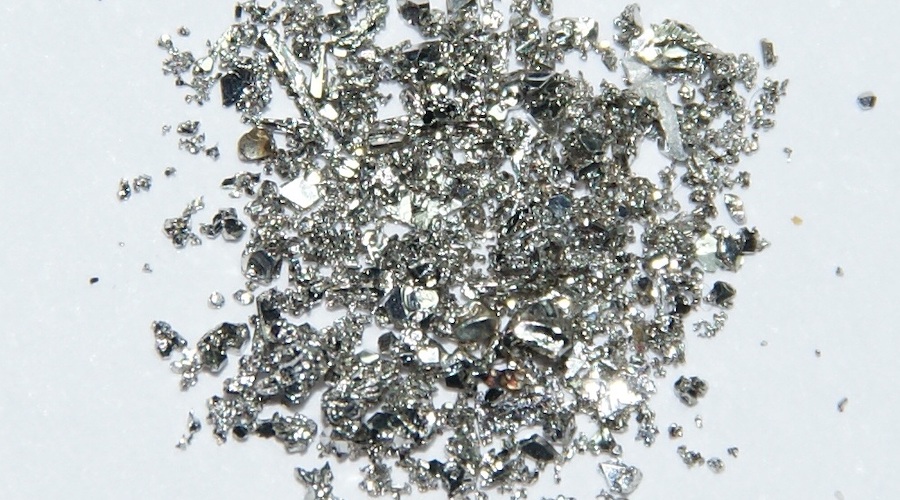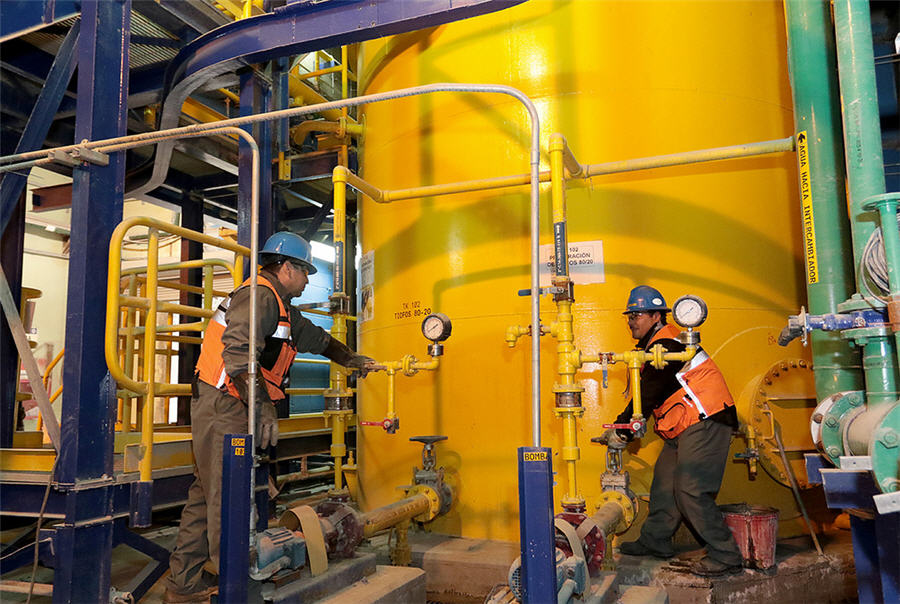A new “age of palladates” may be underway

A recent study published in the journal Physical Review Letters proposes the idea of a new “age of palladates” in superconductivity research.
The new notion is the result of a study carried out by researchers at the Vienna University of Technology and universities in Japan, which confirmed that palladium is the key ingredient to reach the “Goldilocks zone” in which superconductivity works particularly well.
Despite the recent and promising discovery of nickelates, which are superconductors based on nickel, and the discovery in the 1980s of the cuprates, which are based on copper, none of these metals can reach the coveted Goldilocks zone.
According to the paper, at high temperatures, superconductors behave similarly to other conducting materials. But when they are cooled below a certain critical temperature, they change dramatically, their electrical resistance disappears completely and suddenly they can conduct electricity without any loss. This limit, at which a material changes between a superconducting and a normally conducting state, is called the critical temperature.
“We have now been able to calculate this critical temperature for a whole range of materials. With our modelling on high-performance computers, we were able to predict the phase diagram of nickelate superconductivity with a high degree of accuracy, as the experiments then showed later,” Karsten Held, co-author of the study, said in a media statement.
Held explained that many materials become superconducting only just above absolute zero (-273.15°C), while others retain their superconducting properties even at much higher temperatures. A superconductor that still remains superconducting at room temperature and normal atmospheric pressure would fundamentally revolutionize the way we generate, transport and use electricity.
However, such a material has not yet been discovered. Nevertheless, high-temperature superconductors, including those from the cuprate class, play an important role in technology—for example, in the transmission of large currents or in the production of powerful magnetic fields.
“To find suitable candidates, you have to understand on a quantum-physical level how the electrons interact with each other in the material,” Held said.
The researcher pointed out that there is an optimum for the interaction strength of the electrons. The interaction must be strong, but also not too strong. That’s the point where the “golden zone” in between forms, which makes it possible to achieve the highest transition temperatures.
This golden zone of medium interaction can be reached neither with cuprates nor with nickelates—but one can hit the bull’s eye with a new type of material, the so-called palladates.
“Palladium is directly one line below nickel in the periodic table. The properties are similar, but the electrons are on average somewhat further away from the atomic nucleus and each other, so the electronic interaction is weaker,” Held said.
The model calculations show how to achieve optimal transition temperatures for palladium data.
“The computational results are very promising,” Held noted. “We hope that we can now use them to initiate experimental research. If we have a whole new, additional class of materials available with palladates to better understand superconductivity and to create even better superconductors, this could bring the entire research field forward.”
{{ commodity.name }}
{{ post.title }}
{{ post.date }}

Comments